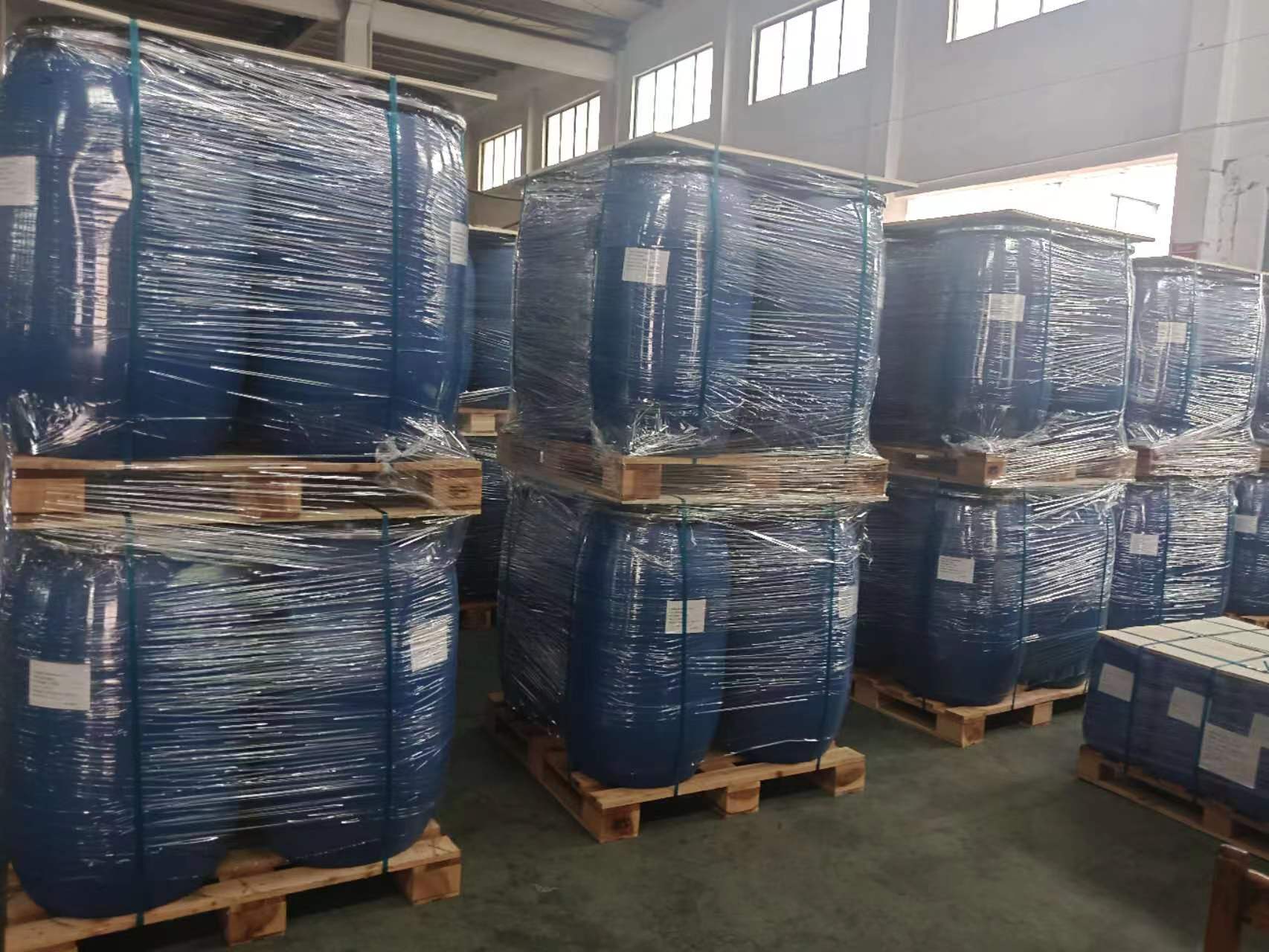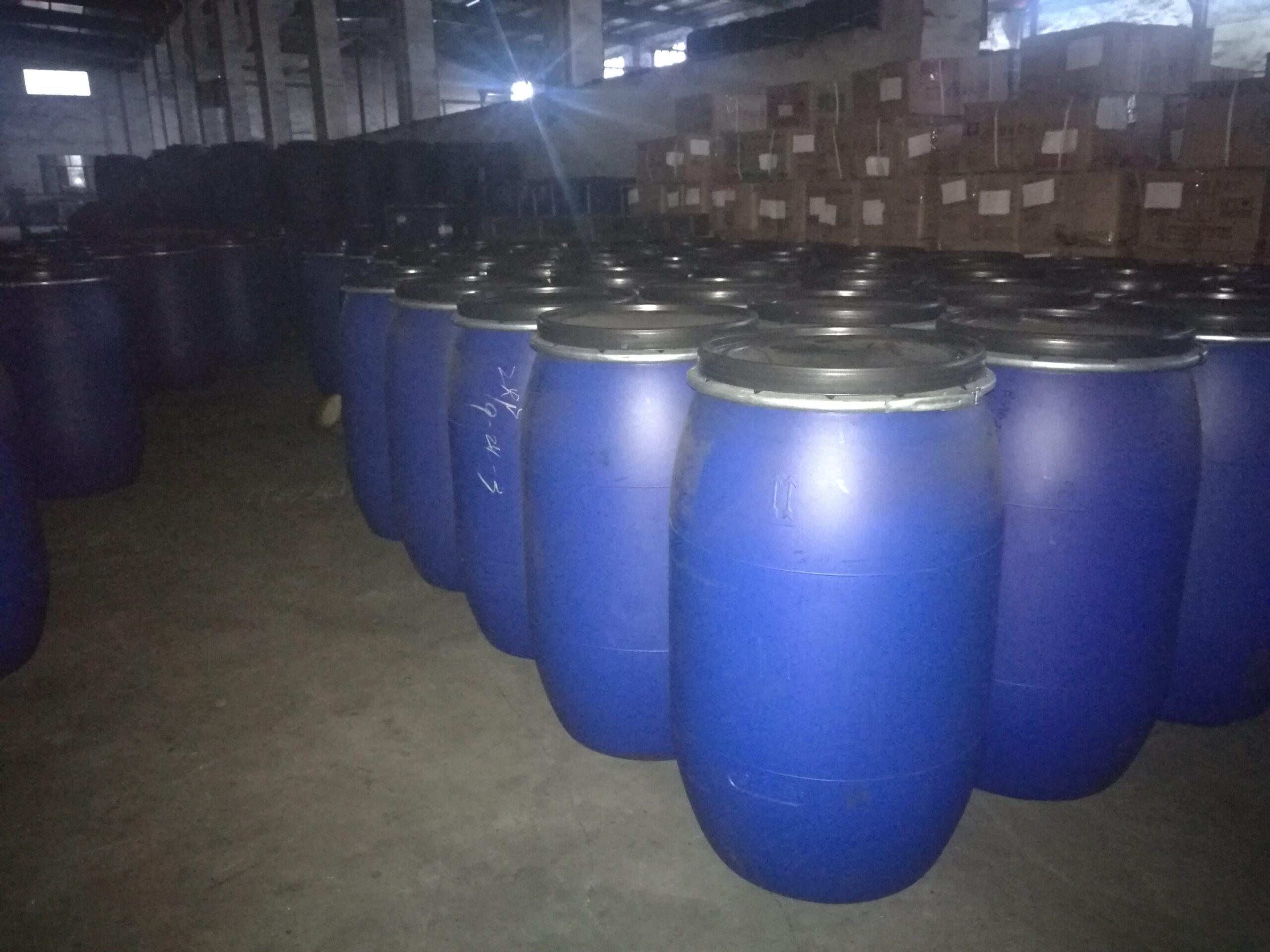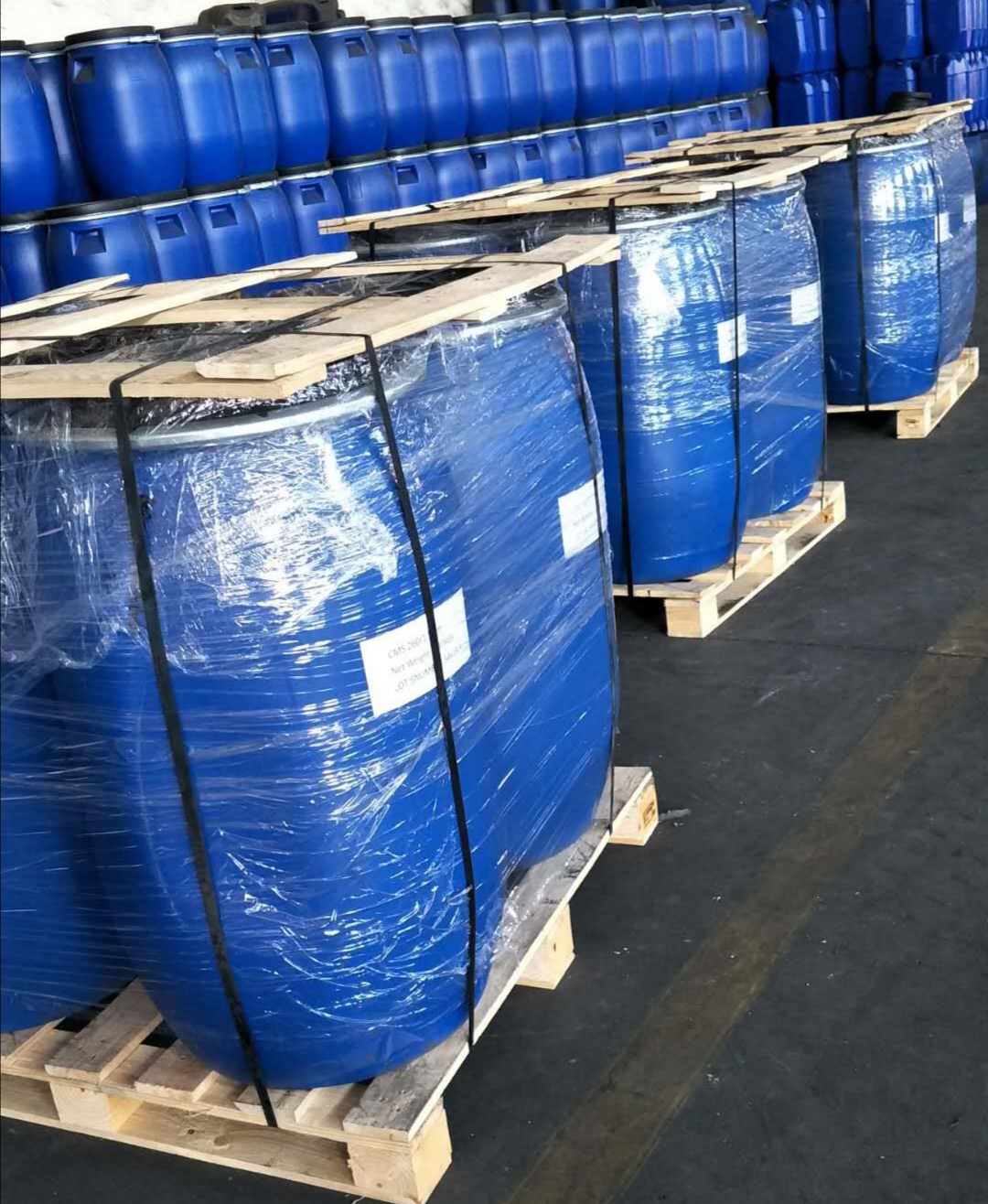What’s the uses and application fields of Activated Carbon?
一、 Main Uses
1. Household Activated Carbon
Air purification: Placing activated carbon indoors can effectively absorb harmful substances such as formaldehyde and xylene in the air (especially in newly renovated houses).
Furniture deodorization: Activated carbon can be used in new furniture, placed in cabinets, drawers, and refrigerators. It can also be put in shoes to remove odors.
Car odor removal: New cars usually contain many harmful substances and have unpleasant odors. Activated carbon can effectively remove these.
2. Exhaust gas adsorption in sewage treatment plants
3. Beverage water treatment
4. Pre-treatment of water in power plants
5. Pretreatment before wastewater recovery
6. Biological wastewater treatment
7. Treatment of toxic wastewater
8. Alkali-free desulfurization of mercaptans in petrochemicals
9. Solvent recovery (because activated carbon can adsorb organic solvents)
10. Chemical catalyst carriers
11. Gas masks
12. Gold extraction
13. Purification of exhaust gas from chemical storage
14. Sugar refining, alcohol, monosodium glutamate, medicine, food refining, decolorization
15. Fillers for deionized water in ethylene plants
16. Purification of vehicle exhaust
17. Purification of gas in PTA oxidation units
18. Removal of impurities in printing inks
19. Gas separation: For example, recovering benzene from city gas; recovering gasoline, propane, and butane from natural gas; used to treat waste gas from Fischer-Tropsch synthesis to recover hydrocarbons, etc.
20. Liquid-phase adsorption: For example, using activated carbon adsorption to decolorize sugar solutions in the sugar industry; using activated carbon to decolorize organic substances in the chemical industry; using activated carbon to purify organic impurities in electroplating baths to ensure the quality of the electroplated surface and for phenol removal from wastewater, etc.
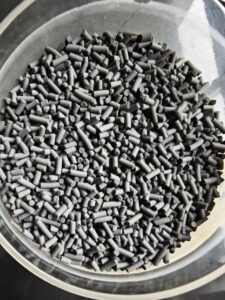
二、 Application Fields
1. Petrochemical Industry
Alkali-free deodorization (refined desulfurization) – in the refining unit of heavy catalytic cracking
Deionized water for ethylene (refined filler) – in ethylene plants
Catalyst carriers (palladium, platinum, rhodium, etc.) – in styrene and continuous reforming units
Water purification and wastewater treatment – for advanced treatment of both potable and sewage water
2. Power Industry
Water quality treatment and protection in power plants – in boiler units
3. Chemical Industry
Chemical catalysts and carriers, gas purification, solvent recovery, and decolorization and refining of oils and fats, etc.
4. Food Industry
Refining, decolorization, purification, and deodorization of beverages, alcohol, monosodium glutamate mother liquor, and food
5. Gold Industry
Gold extraction – applicable to carbon-in-pulp and heap leaching processes
Tailings recovery – waste utilization and environmental protection in gold mines
6. Environmental Protection Industry
Used in wastewater treatment, exhaust gas and harmful gas control, and gas purification
7. Related Industries
Cigarette filters, moisture-proofing of wooden floors, odor absorption, control of gasoline evaporation pollution in vehicles, and preparation of various impregnating agents, etc. For instance, activated carbon can be used as a filler in activated carbon tanks to produce motorcycle carbon tanks and automotive carbon tanks.
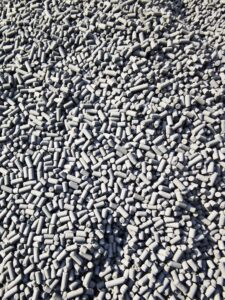
Application of Activated Carbon Adsorption in Water Treatment
Activated carbon adsorption is widely used in urban wastewater treatment, drinking water treatment, and industrial wastewater treatment.
(1) Urban Wastewater Treatment
Some organic substances in wastewater are difficult to be oxidized and decomposed by microorganisms or general oxidation methods, such as phenols, benzene, petroleum and its products, pesticides, detergents, synthetic dyes, amines, and many synthetic organic substances. After biological treatment, it is difficult to meet the discharge standards of water bodies with high requirements, and it also seriously affects the reuse of wastewater. Therefore, advanced treatment is necessary.
Due to the strong adsorption capacity of activated carbon for organic substances, it is widely used in advanced wastewater treatment and has the following advantages:
① High treatment efficiency: After advanced treatment of urban wastewater with activated carbon, BOD can be reduced by 99%, and TOC can be reduced to 1-3 mg/L.
② Wide application range: It is effective for the vast majority of organic substances in wastewater, including those that are difficult for microorganisms to degrade.
③ Strong adaptability: It has a strong adaptability to changes in water volume and organic load, and can achieve stable treatment results. ④ Granular carbon can be regenerated and reused. The organic substances adsorbed are burned off during the regeneration process, and no sludge is produced.
⑤ Useful substances can be recovered. For instance, when activated carbon is used to treat phenolic wastewater, and the saturated activated carbon is regenerated with alkali, phenolate can be recovered.
⑥ The equipment is compact and easy to manage.
⑵ Application in advanced drinking water treatment
Activated carbon adsorption is based on conventional water treatment. It is generally placed after sand filtration, or it can be combined with sand filter media to form a dual-media filter or replace sand filtration with activated carbon filtration.
During the advanced drinking water treatment process using activated carbon adsorption, it was found that a large number of microorganisms grow on the activated carbon filter media, improving the water quality and extending the regeneration cycle. Thus, a cost-effective biological activated carbon process for removing trace pollutants from water was developed. The process flow is as follows: raw water – (add coagulant) – clarification – filtration (add ozone) – activated carbon adsorption – final effluent.
⑶ Application in industrial wastewater treatment
Many industrial wastewater are difficult or impossible to treat by biochemical methods. When other methods are used, some cannot meet the discharge standards, or have high operating costs, or are operationally complex, such as toxic organic compounds and certain metals and their compounds. Engineering practice shows that activated carbon has a strong adsorption capacity for these substances.

